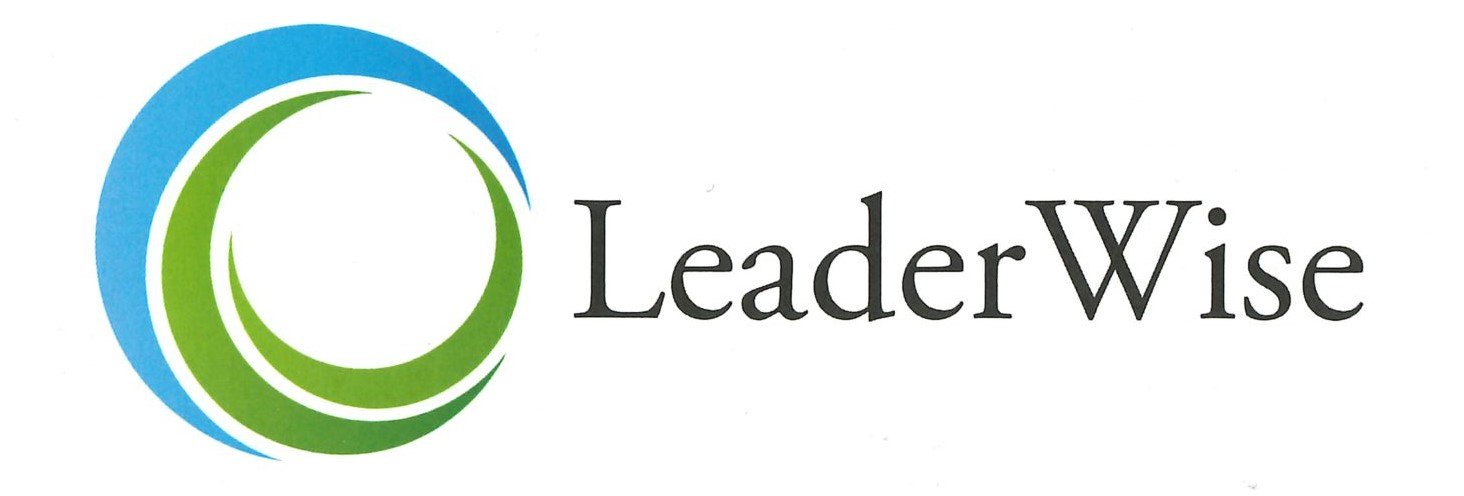How to Make a Wise Decision
In 2018, LeaderWise stood at a threshold. As a ministry development center, our bread-and-butter for almost 50 years had been candidate and ministry assessments, and now we had the opportunity to hire a highly skilled consultant to lead and develop the consulting side of our business. At the same time, we wondered whether there would be a market for this new side of the business. Complicating the decision, the funds we anticipated would be coming our way to support that position remained unfulfilled. If we extended the offer, we’d assume a financial risk; if we waited any longer, the person might go another direction. We asked ourselves, “What’s a wise decision in this situation?”
Over the years, in similar circumstances, I’ve often turned to Robert Sternberg’s “balance theory of wisdom” when a decision is unclear. If an answer is obvious, there’s no need for wisdom since a simple calculation or straightforward analysis is sufficient. When things are a bit murky, or one faces unchartered territory, such as creating a new position in a small organization with limited resources, the practice of wisdom may be required. Sternberg’s model for wise decision-making can be a helpful guide, as it broadens our perspective to look at a decision from multiple vantage points. He refers to it as “a balance theory” because it directs us to “balance” various considerations in arriving at a decision, with the recognition that some merit more weight than others. Our confidence is bolstered by knowing we’ve done our due diligence.
To make a wise decision, Sternberg counsels us to 1) draw upon several ways of knowing, including facts and analysis, as well as more intangible inputs such as experience, intuition, and creativity; 2) seek the common good; 3) take into account both short-term and long-term implications; 4) consider various stakeholders, including other people in the organization, people outside of the organization, and ourselves; and 5) act with courage. In applying Sternberg’s model to this decision, we literally went down the list:
We drew upon multiple ways of knowing. The financial data suggested caution, but our experience had taught us through the years to think of hiring employees with skills that advanced our mission as “an investment.” Worst-case scenario, though, we also knew we could revisit the decision in a year or two.
We considered the common good. The church world would benefit from this consultant’s expertise, and, at the end of the day, LeaderWise is about fulfilling a larger mission to serve the church and world.
We looked at short-term and long-term implications. Although it would be a financial stretch in the short term, we were confident that the position, in the long term, would likely pay for itself through increased business and expanded services.
We thought about stakeholders. Our LeaderWise psychologists, therapists, and consultants would benefit by learning from and partnering with each other. Our outside constituents of spiritual leaders, congregations, and denominations would appreciate having a place that understood the nuances of ministry from many different professional angles.
We stepped forward with courage. We swallowed hard, extended the contract, and took the risk. We had the assurance of doing our due diligence and trusting in a larger purpose.
It’s now 2024. Many of you know Mary Kay DuChene, our co-director in charge of leadership development, and you’ll appreciate how wise the decision to hire her was! It came only after carefully balancing several different considerations to hire her and assume the risk of opening up a new side of the business. Standing at the threshold of important decisions this year, how might you proceed with wisdom? What models, resources, and people do you turn to?

